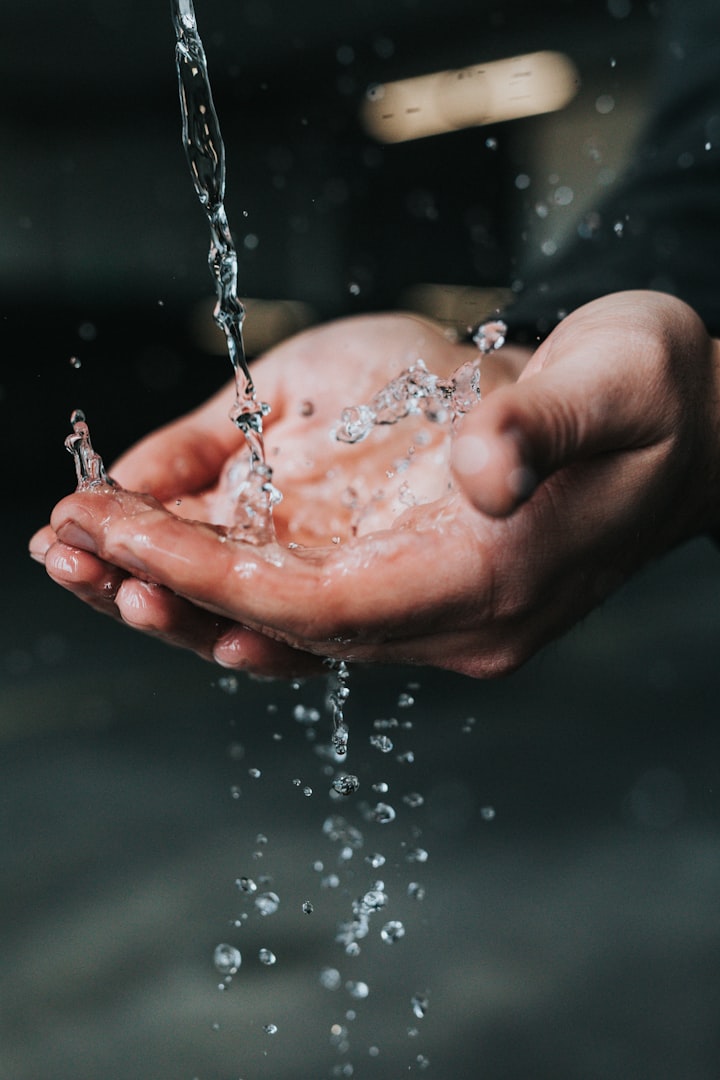
In summer when the heat impedes or in winter when the cold hinders, WATER hot or cold is certainly a first relief. We turn on a tap and out it pours. Water is an essential aspect of our every day life. From the time we wake up in the morning until we go to bed in the night, we depend on water for several uses. Unfortunately the conditions in which it is stored and distributed are often far from ideal. Water is generally stored in overhead or underground tanks; it is rather a case of “out of sight out of mind situation”. Very few people observe the condition of their water storage tanks and distribution pipelines. With an aim to promote awareness of the importance of protecting and managing fresh water, the United Nations has marked the year 2003 as the International Year of Fresh Water.
In summer when the heat impedes or in winter when the cold hinders, WATER hot or cold is certainly a first relief. We turn on a tap and out it pours. Water is an essential aspect of our every day life. From the time we wake up in the morning until we go to bed in the night, we depend on water for several uses. Unfortunately the conditions in which it is stored and distributed are often far from ideal. Water is generally stored in overhead or underground tanks; it is rather a case of “out of sight out of mind situation”. Very few people observe the condition of their water storage tanks and distribution pipelines. With an aim to promote awareness of the importance of protecting and managing fresh water, the United Nations has marked the year 2003 as the International Year of Fresh Water.
Most of us who live in the cities and have access to running water all the time at our convenience naturally tend to ignore the hygiene and health aspect of water. “Why should I be too concerned about water hygiene? I only drink bottled water.” That could be the typical reaction of a Dubai resident. But is it right? Is our use of water limited to just drinking? Don’t we take a shower? Do we not wash our face and mouth? Do we not dive into the pool? No matter what we use water for, water storage systems need to be cared and maintained to prevent contamination of water and the resulting health hazards.
The water we receive from the different municipality outlet is indeed of high quality, however when it reaches the unclean storage tanks its purity may perish. Very few people clean their water tanks regularly and there is evidence to show that the tanks not cleaned for 2-3 years are huge breeding grounds for harmful microbes and organisms. Extremely high levels of bacteria can build up in water tanks in the summer heat as protective chlorine breaks down.
There are many types of bacteria, which are harmful such as salmonella (spread by bird droppings) that find their way into the tanks and Legionella, which has more than 39 different strains and cause disease and infection, which can at times be fatal.
Legionella bacteria grow in water where general dirt sediment and other bacteria exist. Such conditions provide a favourable medium for the reproduction of Legionella. Infection can only be spread by creating a fine mist of water vapour typical of cooling towers, sprinkler systems and showers, which enters the lungs by inhalation. The bacteria then embed itself deep in the lungs and the infection spreads rapidly. The death rate for Legionnaire is quoted at 12%.
Usually chlorine is introduced into our water system by the municipalities to maintain a bacteria free water supply. However, there are several points that need to be discussed when using chlorine. Firstly, chlorine will dissipate very quickly especially when it comes into contact with any organic material including sludge and sediment at the bottom of your water tanks. Chlorine (bleach) used for the purpose of disinfection is dangerous. As a result many beneficial bacteria are killed when chlorine is poured down our drains. In addition it does not kill all forms of Legionella. Most establishment that are environmentally aware, do not use chlorine for such purposes. The use of environmentally safe chemicals for tank cleaning is mandatory in many countries.
A more suitable cleaning agent for disinfecting tanks and pipes, is hydrogen peroxide which reverts to oxygen and water in a very short time after disinfecting has taken place. It is both effective and environmentally safe,
The quantity of stored water should not exceed that amount required for 24 hours and ideally only 12 hours. Stagnant water facilitate growth of bacteria. Regular cleaning of water tanks should be done at least every 6 months. When you want your tanks and water system cleaned and disinfected ask the cleaning company by what methods they will carry out the work and what standards they follow. Ask them about HS (G) 70 guidelines for prevention of Legionella





Comments
There are no comments for this story
Be the first to respond and start the conversation.